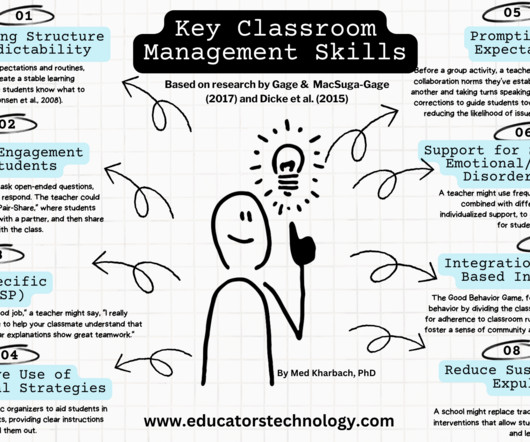U.S. K-12 Educational Technology Policy: Historical Notes on the Federal Role
Doug Levin
APRIL 21, 2016
Consider this post (light on analysis, heavy on the archiving of primary source material) one for the wonks, students, and historians. FY 2003 $700,500,000. FY 2005 $496,000,000 (President Bush’s request: $691,800,000). Student Support and Academic Enrichment Grants. ” How would the program operate?
















Let's personalize your content